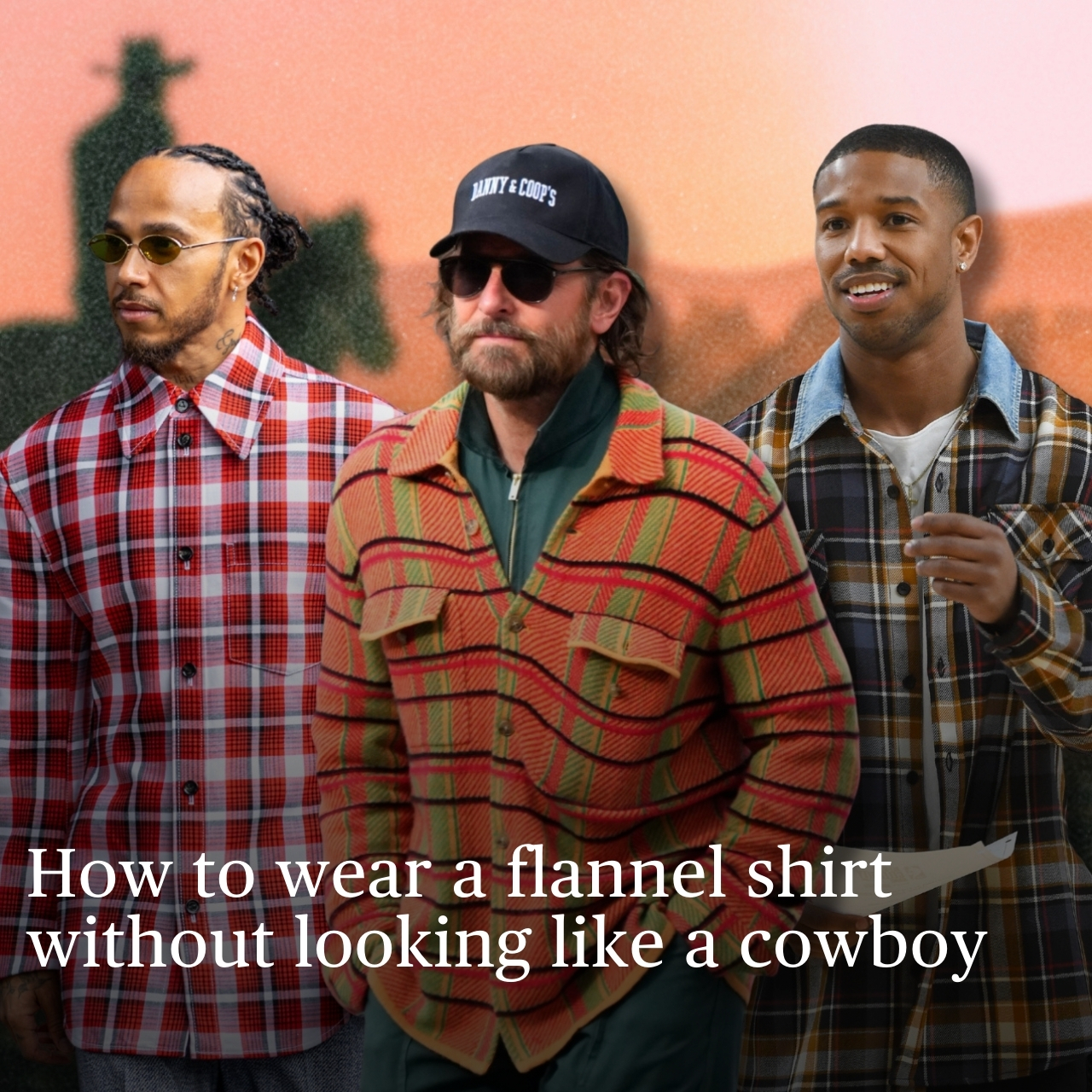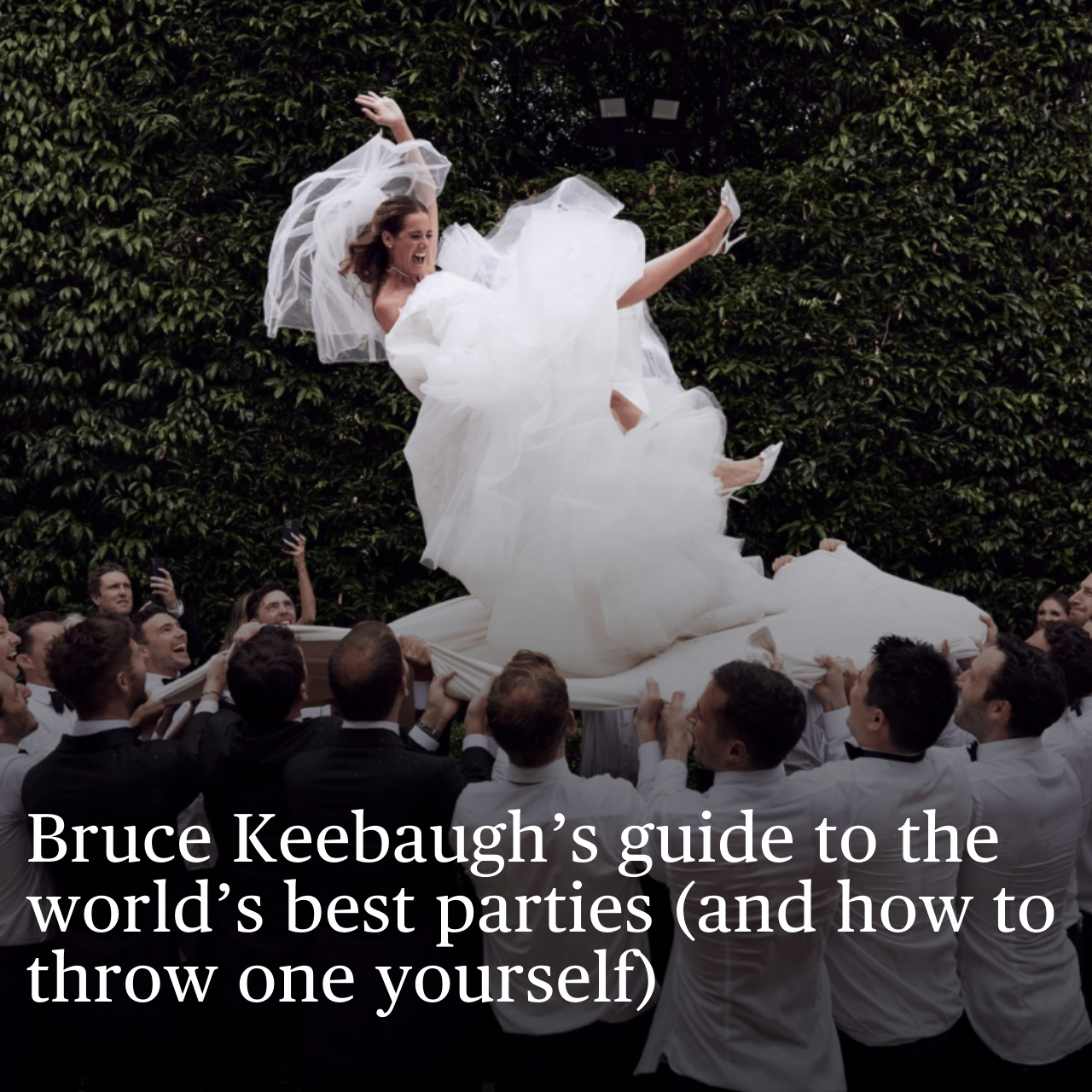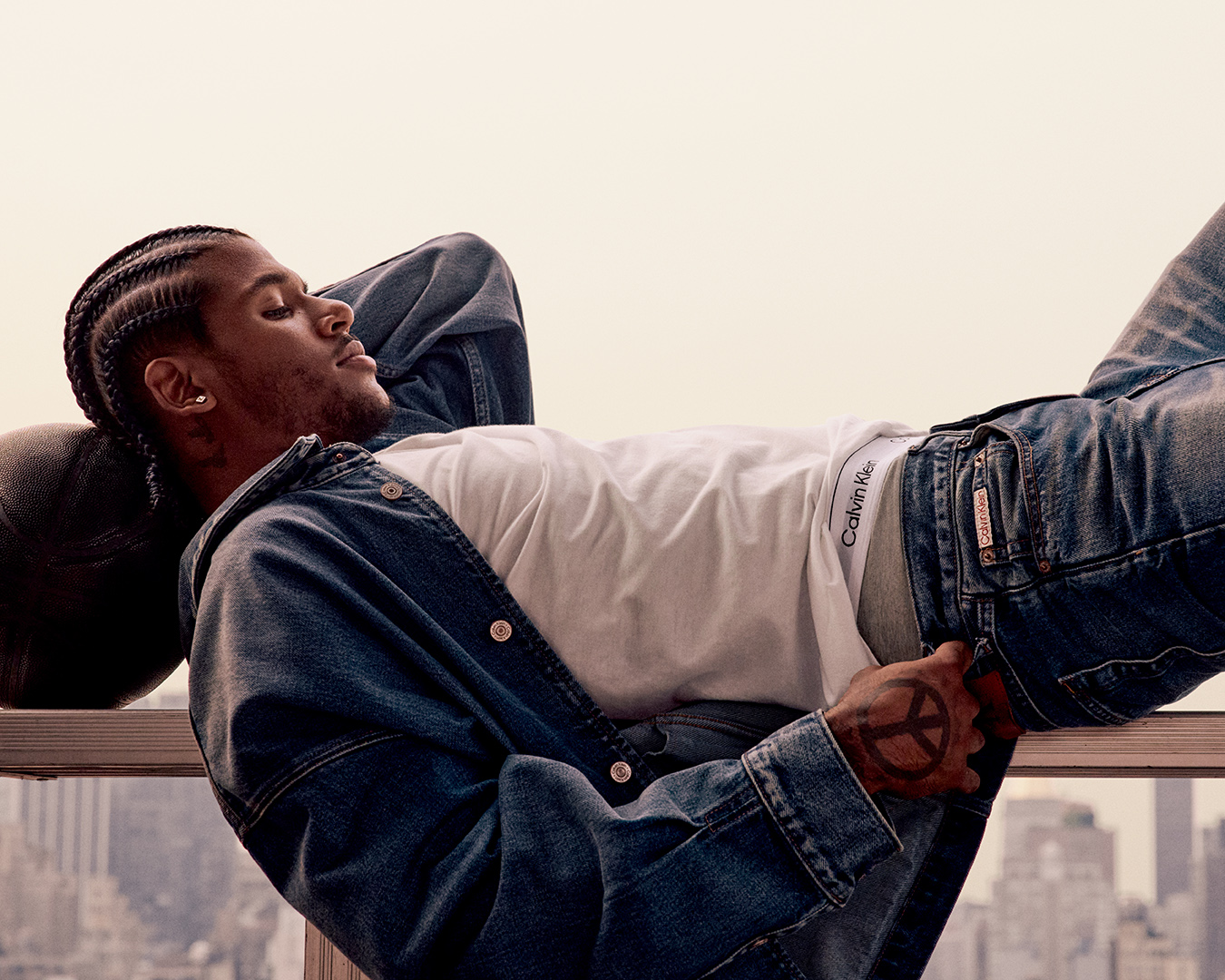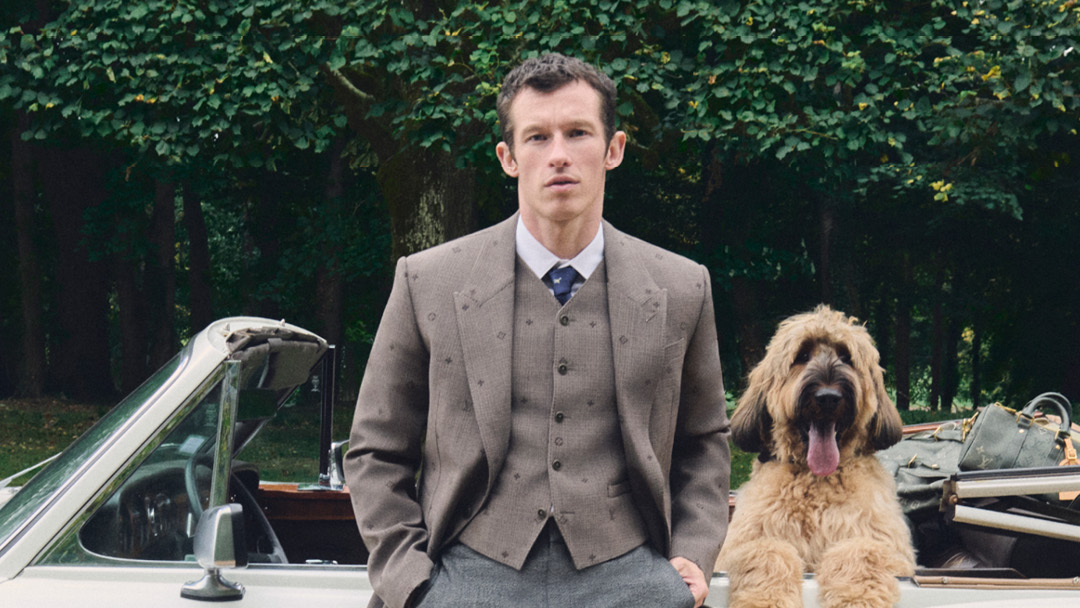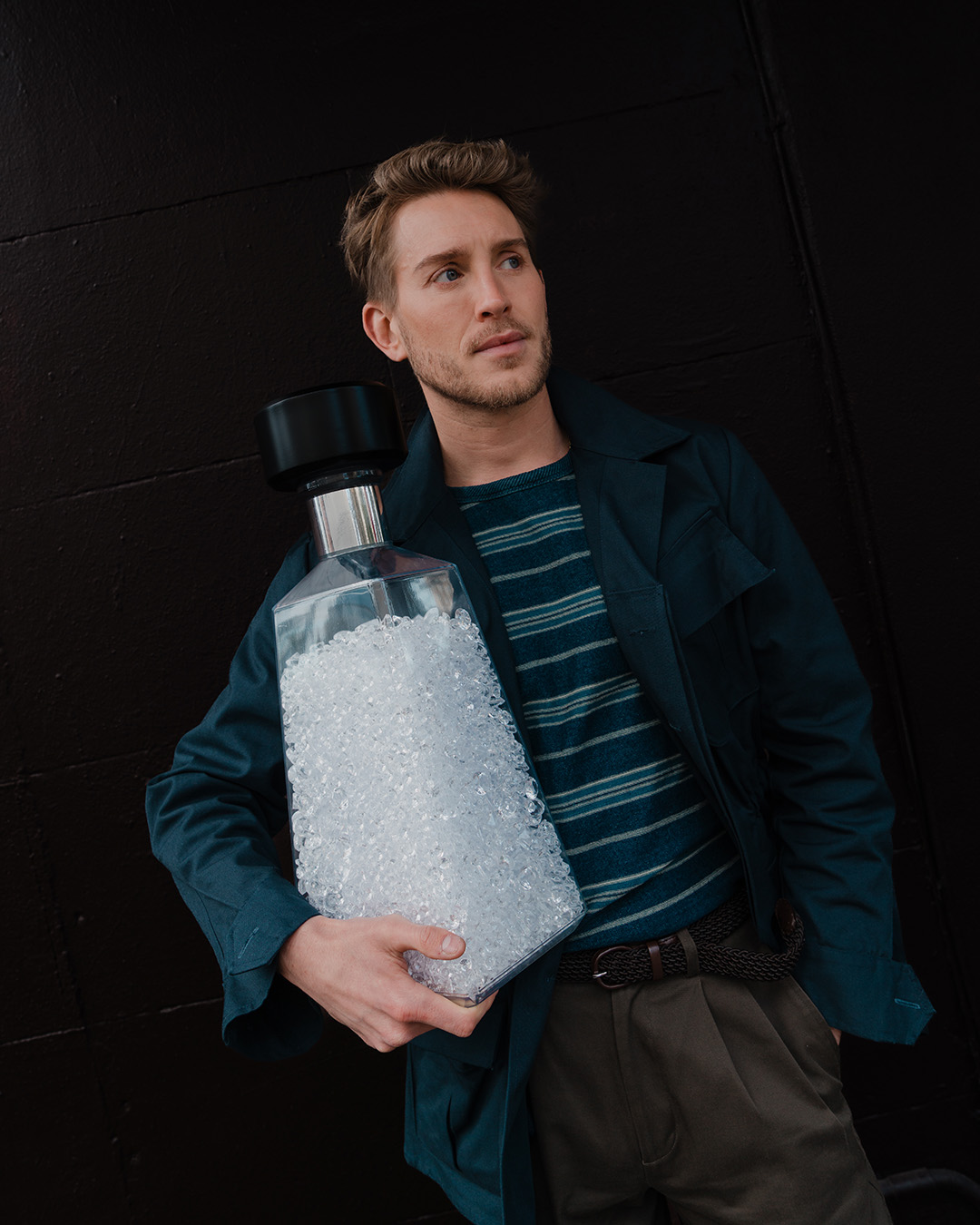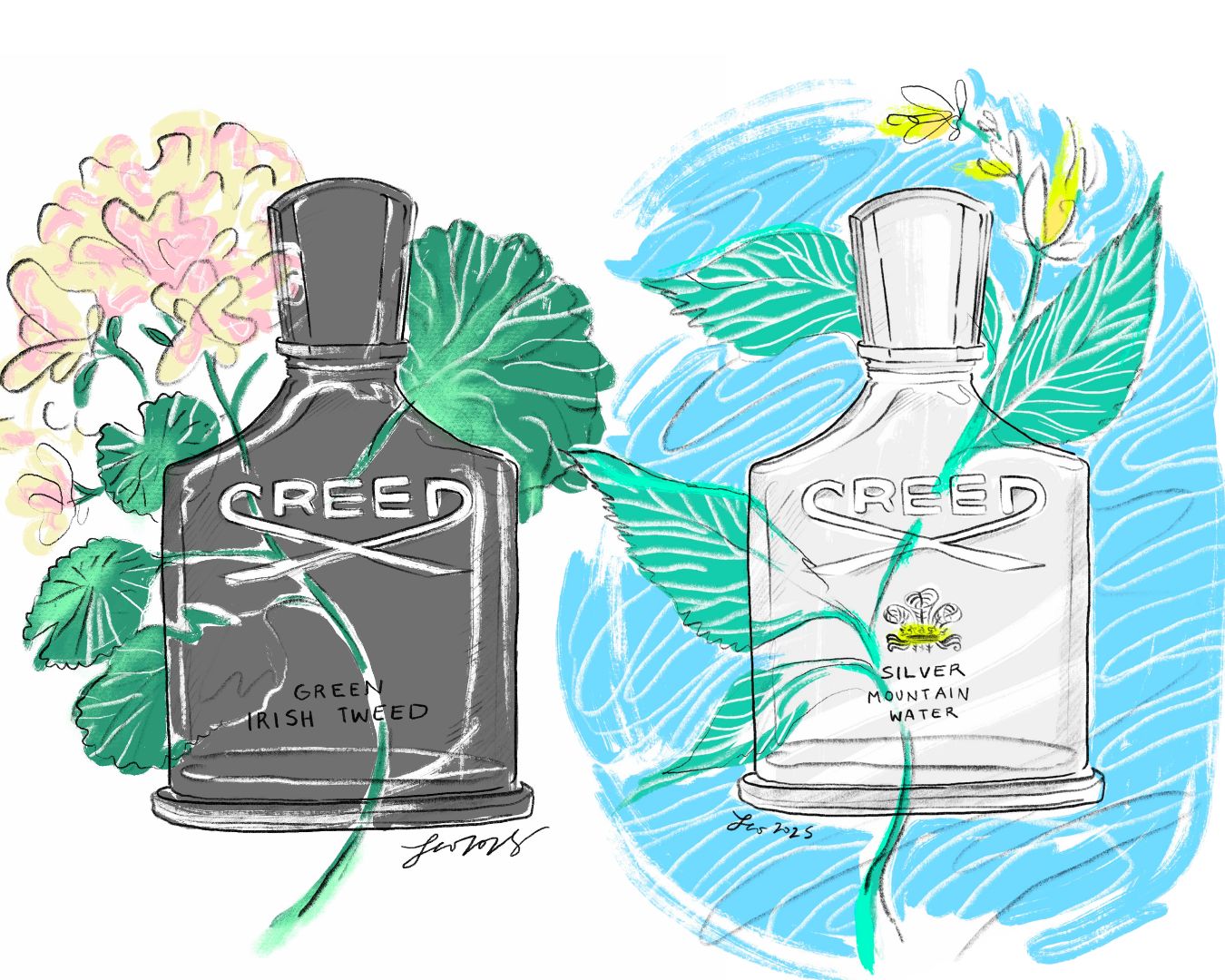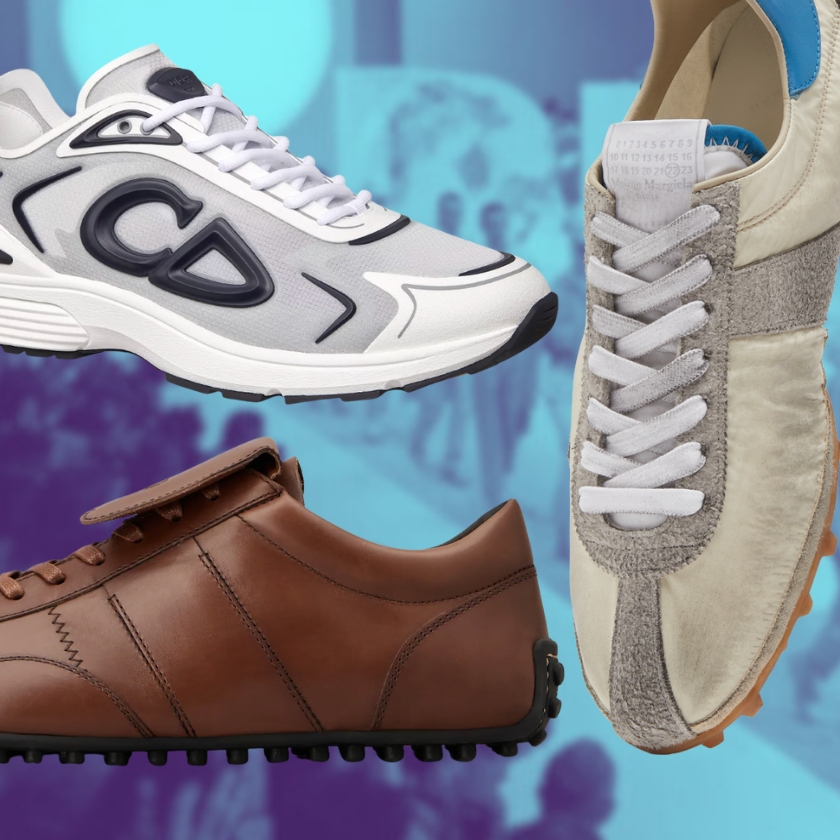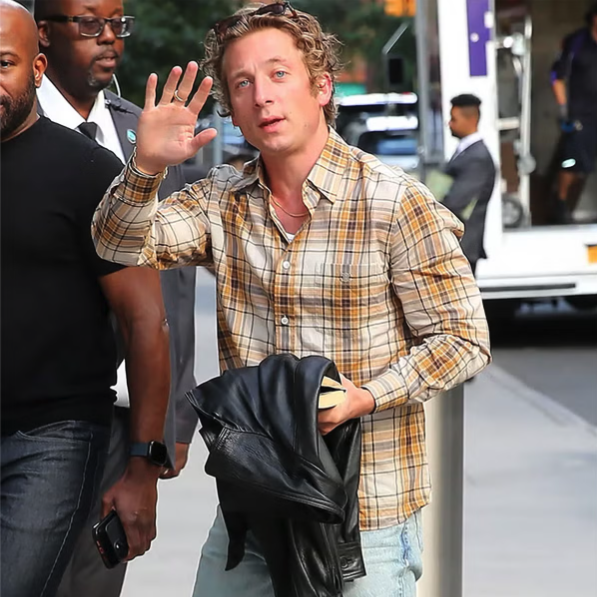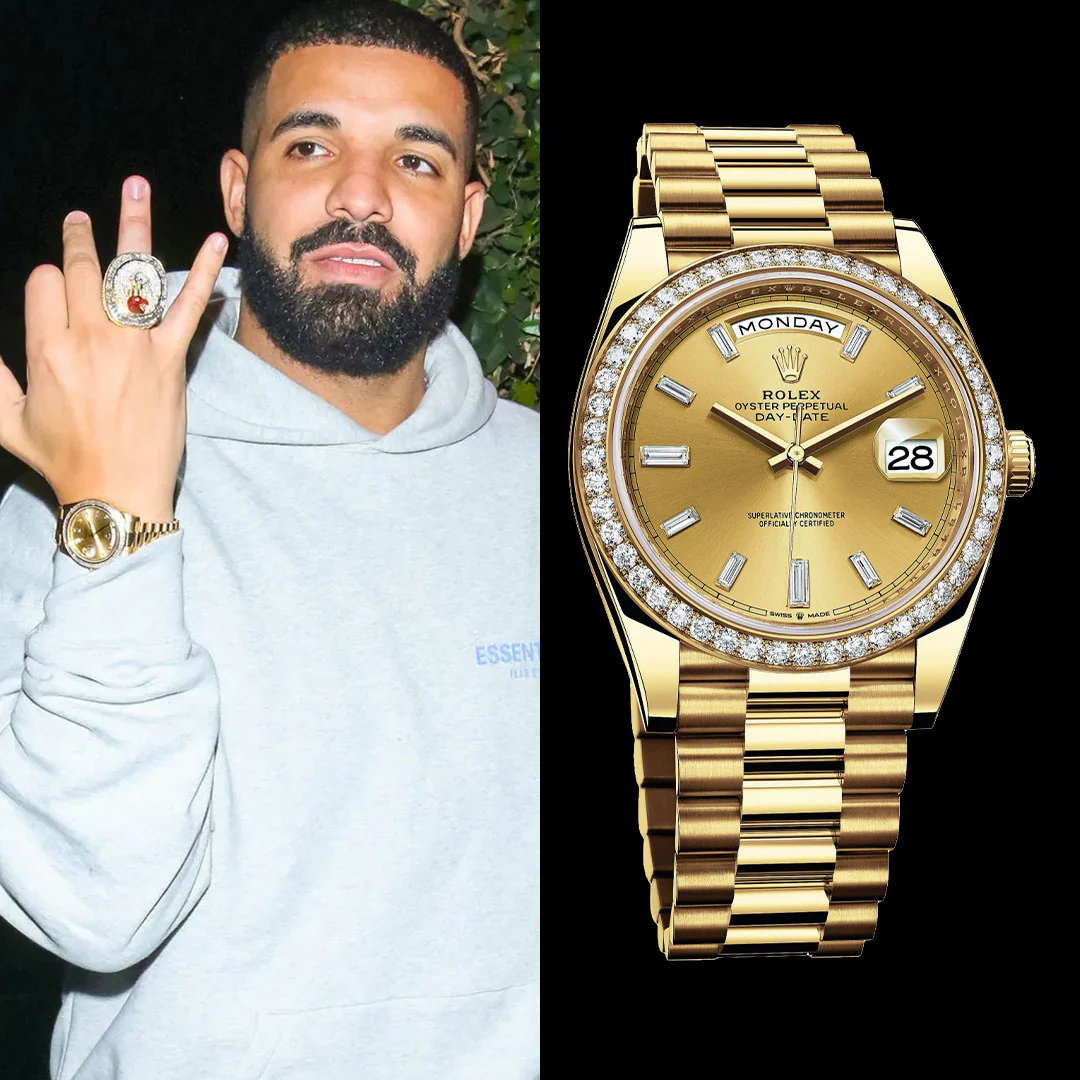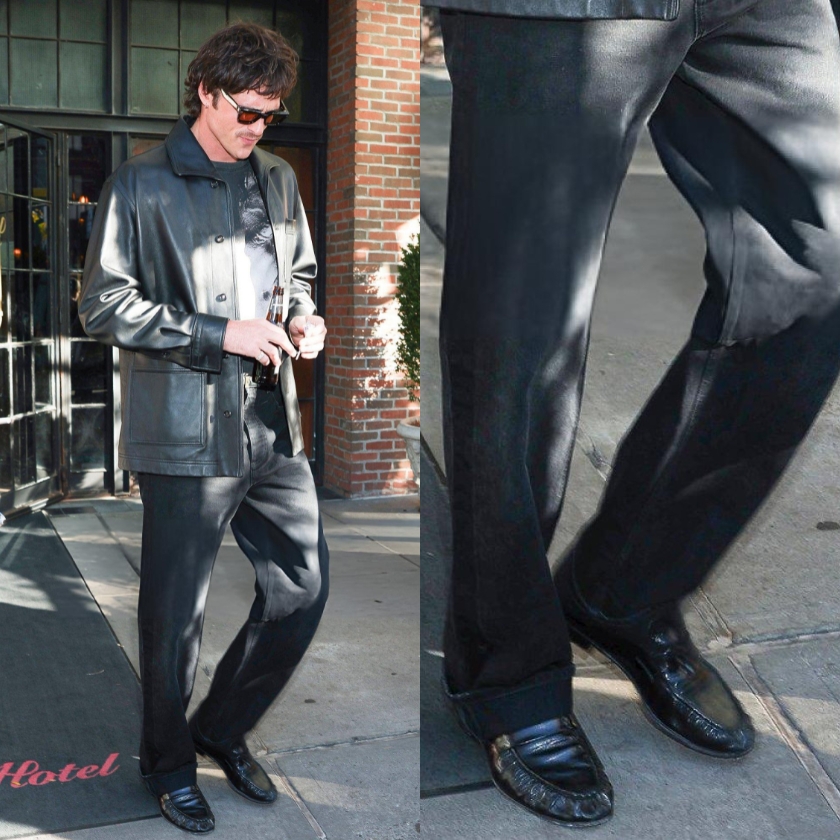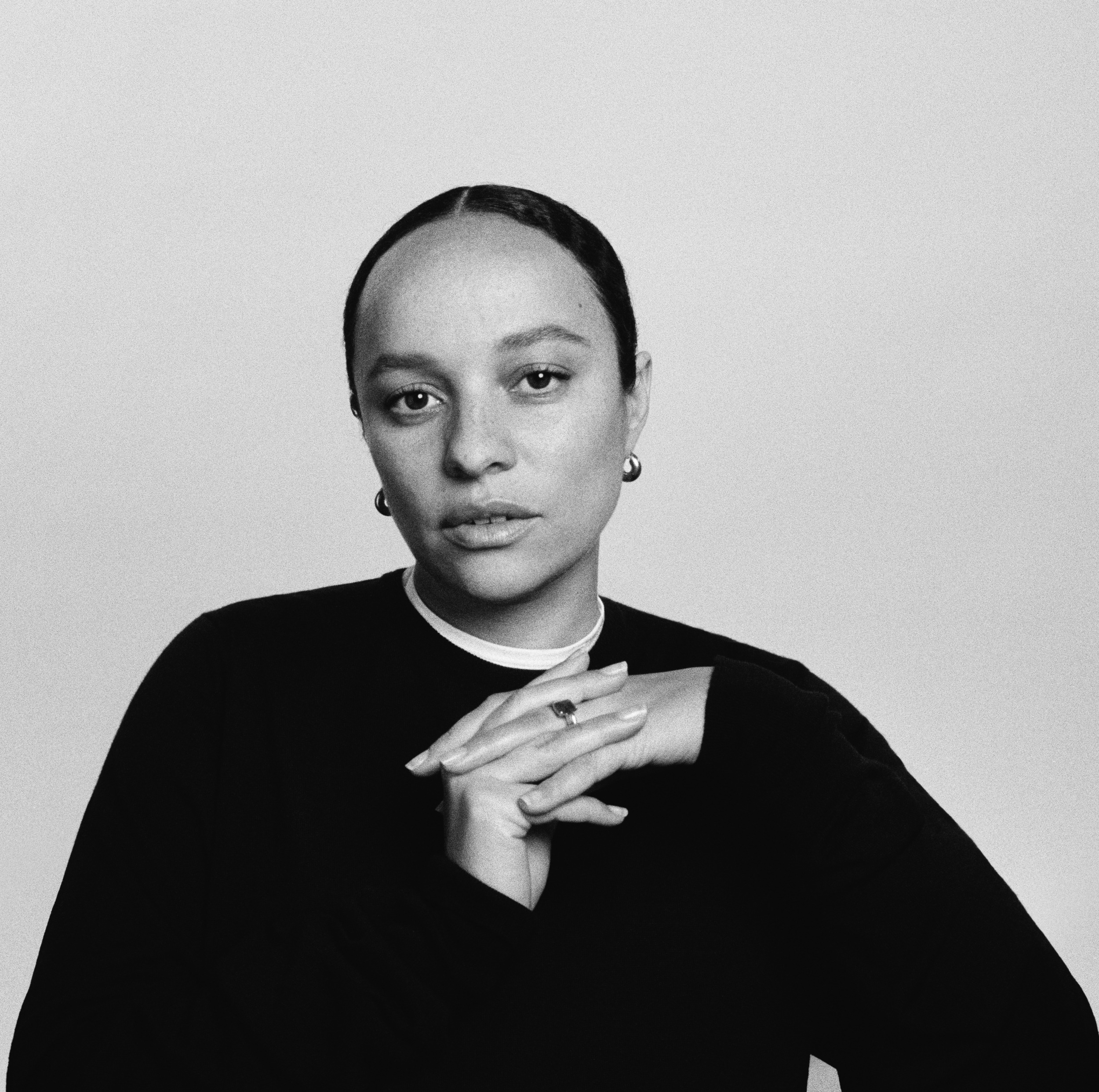The definitive guide to men’s suits, from nailing the perfect fit to the best brands
Get to know your fresco from your flannel, your Brunello from your Boateng
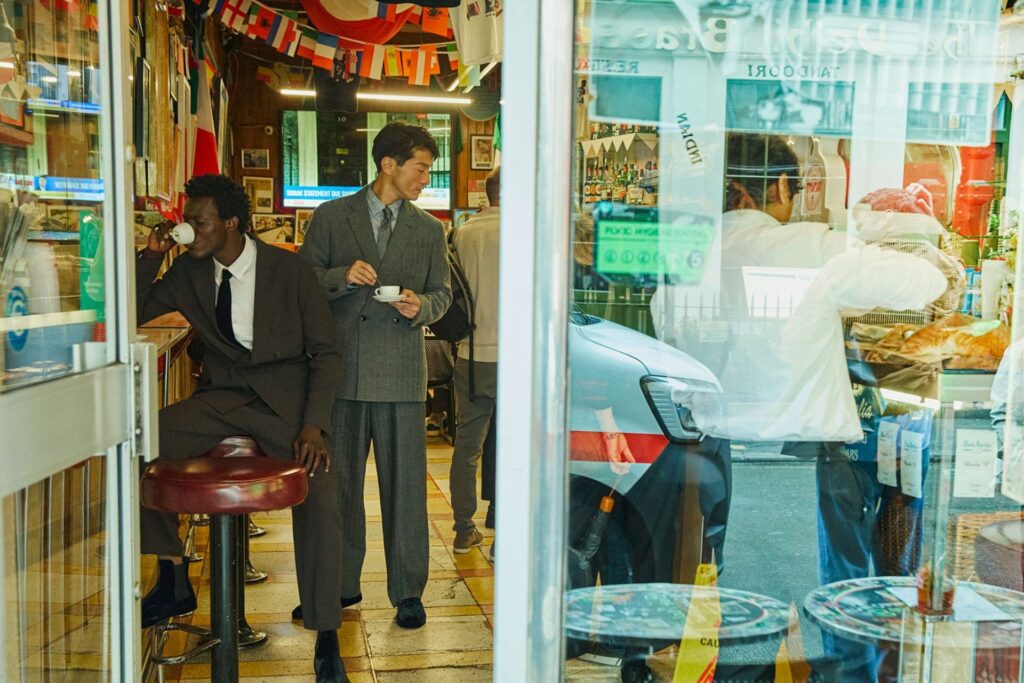
THE SUIT, as we know it, has remained largely unchanged for the past 200 years. If you were walking down London’s Jermyn Street in 1825, you wouldn’t see much denim, nor many pairs of trainers, but you’d see suits as you recognise them today: a tailored jacket with lapels and matching trousers.
The modern suit, allegedly, was popularised by 19th century socialite Beau Brummell who broke from the much grander, regally-minded tradition of ornate, embroidered jackets and breeches that finished just below the knee, by insisting on neat, unadorned jackets and trousers that ran all the way to the ankle and boots. It must have had quite the impact because it defined the way men have dressed ever since (and Brummell has a dandy little statue on Jermyn Street to cement his role in sartorial lore).
But even if the suit’s fundamentals have been set for some time, its role has shifted and evolved countless times over. Today, some people wear a suit to work, most only to weddings or important events, and an ever rarer few wear them for fun. But variously, the suit has at one time been the uniform of rock stars, bus drivers, CEOs, schoolteachers, debt collectors . . . all things to all men, essentially.
A suit can be formal, or it can be casual; it can convey supreme personal style, or suggest you have little interest in menswear at all. You can look unbelievably good in a suit, and you can easily get it wrong, too. And of course, a great suit can be cheap, while a bad suit can cost the earth.
So if you’re new to tailoring, and its various avenues and options feel a little oblique and esoteric, then allow us to enlighten you with this, our ultimate guide to suits.
Structure
Understanding a suit’s structure is crucial to understanding how it will fit, and where it will be most appropriate. “Structure” refers to the amount of padding and canvas in the shoulders and chest, and a classically structured suit (as per the traditions of Savile Row) is designed to hold its form and smooth finish when you wear it. That is to say, it doesn’t exactly mould itself to your body rather than sitting flush on top of it. A structured shoulder will give a suit jacket sharp lines, clean edges, and more of a solid presence.
The phrase “canvas” refers to material architecture that creates the shape of the jacket and a “full canvas” jacket will have that structure running from top to bottom on the jacket. A “half canvas” jacket has canvas just to the chest. Jackets can also be ‘fused’, meaning layers of fabric are stuck together, rather than stitched (as they are with canvas).
An unstructured jacket has little or no padding or canvassing in the shoulders and chest, and tends to be unlined, meaning it fits more like a shirt. Broadly speaking, unstructured tailoring is considered to be comfier, but less formal than structured, and more popular in warm-weather suiting. If you ever see tailoring described as “Neapolitan”, it is likely unstructured (or almost so), as per the Italian tradition.
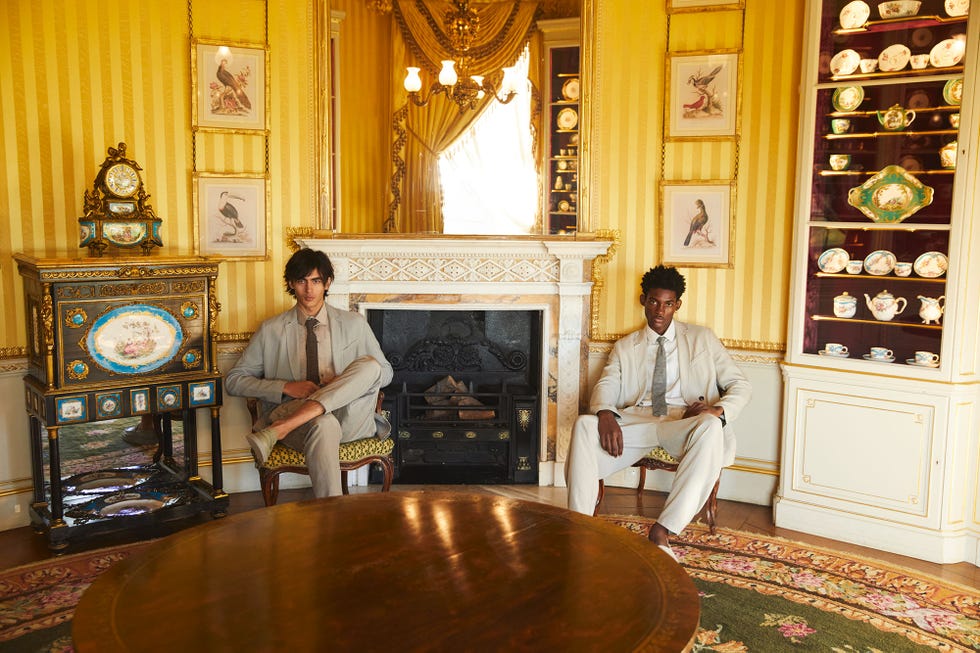
The best thing to do is try structured and unstructured tailoring for yourself and see what works best. Guys with strong, square shoulders might find that the latter is best for them because an unstructured jacket will be less bulky, whereas guys with narrow shoulders might prefer the augmented silhouette. And speak to the suit maker about a jacket’s canvassing, as it’s the best signifier of quality, or not, as the case may be.
Single-breasted vs double breasted
These phrases, used extensively throughout the tailoring market, refer to the front closure of the jacket. Single-breasted jackets close at the front without overlapping, whereas double-breasted jackets are designed so that one portion of the jacket closes over the other, and feature two ascending rows of buttons (and some of those may be just for decoration.)
The vast majority of suiting is single breasted, and when someone thinks of a suit, this tends to be what they mean. A single-breasted suit can be timeless and classic but it can be subversive, too, à la designer Hedi Slimane’s ultra skinny suits of the 2000s.
Double-breasted jackets are harder to buy brand new, although the recent trend for Seventies style has seen them pop up more and more at the likes of Moss, Suit Supply, and other mid-tier tailoring brands. Broadly speaking, double-breasted tailoring is considered stuffier than single-breasted – the kind of thing a Tory politician might have worn in the Eighties – but it’s much more acceptable now. The likes of Husbands and Drake’s make seriously cool, easy-wearing DB tailoring.
Fabrics
The cloth the suit is cut from is not just about colour or comfort, but goes a long way to discerning where and when the suit can actually be worn.
If you’re ordering a suit, or just looking at the label, you need to think when and how you want to wear it, and that will help you to choose the right cloth. Is it just for the office, or for a one-off formal event, or do you want it to be a do-anything suit that can be relied on all-year round? Maybe you want to break it up and wear the jacket with jeans or chinos? If so, only certain cloths will work.
The most common suit fabric is worsted wool, which is (almost always) smooth to the touch, with no irregularities and an almost shiny finish. This is generally the standard cloth for business suits in navy, black, or charcoal grey, but worsted wool can be checked or striped, too.
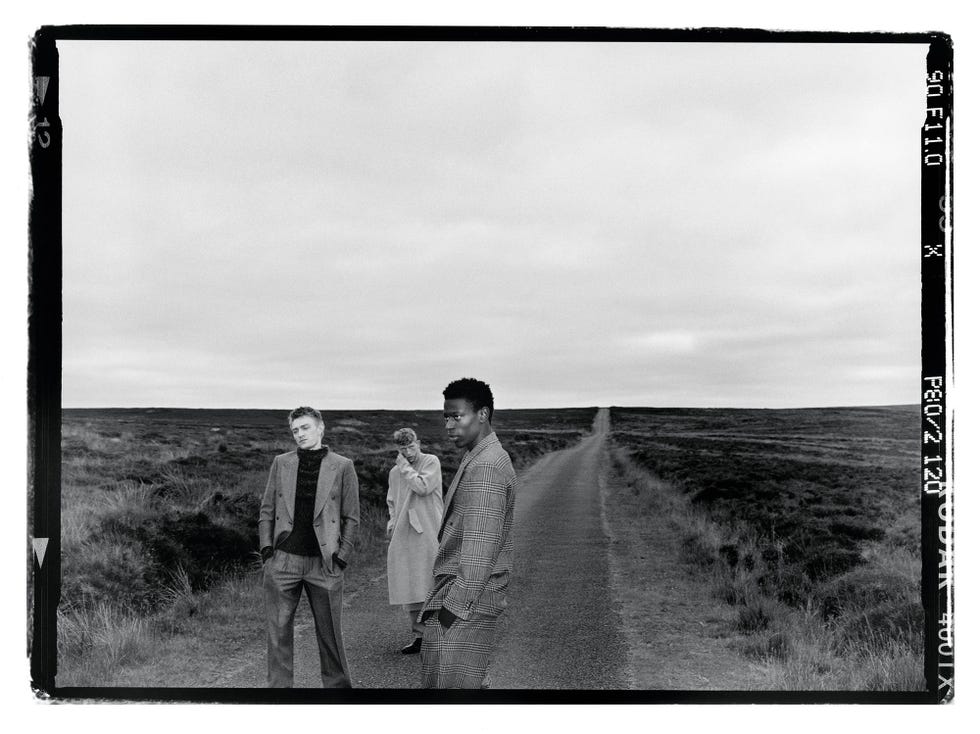
Fresco
A lightweight, “high-twist” wool, which is especially breathable and resistant to creasing. It makes for great suiting for those that travel a lot, especially if you find yourself touching down in warm climates.
Flannel
A sturdy, classic fabric which is most commonly found in a speckled, mid-grey colour, but is available in other shades. Flannel has a soft, fuzzy texture, so it’s great for suiting designed to be worn in the colder months.
Corduroy
Perhaps the most inherently casual suiting fabric, but abundantly charming, corduroy is thick and corrugated, but tends to soften down over time. Corduroy thickness is measured in “wales”, and the lower the number, the fewer (and thicker) the rivulets.
Tweed
The definitive “country ” fabric, tweed has long been reserved for rural-wear, and associated with the upper classes. But the fabric – best known for soft green and check design – is just a weave of wool that’s especially water and wind resistant. If you like heavy texture, this is a great option, but it’s probably not right for the office.
Linen
The ultimate summer fabric, linen is loosely woven and super breathable, with little imperfections and flecks dotted throughout the weave. It creases easily, and it’s definitely considered casual, but when mixed with silk or cotton it can look slick and keep its cooling properties.
Lapels
The vast majority of lapels on a suit jacket will be either “notch”(the most common) or “peak”. The classic notch lapel runs straight from the top button of the jacket closure, widening as it rises, with a triangular “notch” cut out around the collar bone.
A peak lapel is the same shape, but there is no notch, and instead the outer edge of the lapel runs to a point at the middle of the shoulder. Peak lapels have more of a retro feel, and are said to help the wearer’s shoulders appear broader.
The standard lapel width is three inches at its widest, but you can wider or narrower. Skinny lapels are not especially flattering, and wider lapels are generally associated with more statement-making tailoring.
Pockets
They might not seem like a big deal, but the type and position of pockets on a suit jacket can be a very divisive subject. Some are smarter than others, essentially.
Jetted pockets are the most formal, and resemble a horizontal slit in the fabric, with the pocket itself hidden under the jacket’s outer. Flap pockets are a similar construction, just with a strip of cloth covering the opening. And then patch pockets are the most “casual” and are stitched onto the jacket’s outer, with a curved base.
Pocket configuration can often follow lapel configuration, and peak lapel jacket will tend to have patch pockets at the hip. (Or at least, it should.)
Beyond that trio, pockets get weirder and more intricate. A bellows pocket, for example, sits on the jacket outer, and is designed to concertina outward as it fills up.
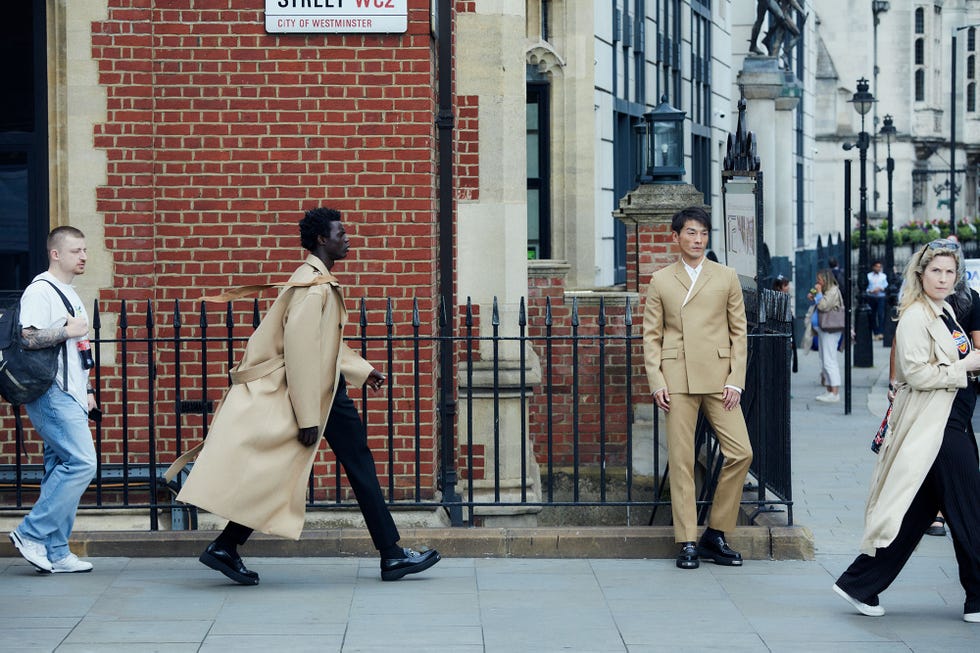
Trousers
The jacket is certainly the main event of a suit, but the whole look can be ruined by the wrong trousers. Their shape and finish is a personal preference, of course, but ideally they should be in proportion to the jacket. If you have a boxy, double-breasted jacket, skinny, low-rise trousers would look out of proportion. And the same goes for a skinny, short-fit jacket and baggy suit trousers. You want continuity, from top to bottom.
In general, suit trousers should sit on your true waist, or slightly above. You want them to cover your whole “seat” (bum), and the waistband should be snug, but not tight. You need enough space to tuck a shirt in.
Pleated trousers feature neat folds that descend a few inches from the waistband, and these give you more room in the seat and thigh, but will change the sleek shape of the trousers. You’d normally wear pleated trousers with a double-breasted jacket, but there are exceptions.
Most suits are offered with belt loops and belts can work just fine, but those looking for a cleaner finish might want side-adjusters to keep their trousers up. They are literal straps on the waistband, hidden by the jacket, that allow you to tighten the trousers. Alternatively, you could wear suspenders which are also hidden by the jacket but you will need buttons inside the trouser waistband to connect them (unless you use clip-ons).
Trouser length is very personal – and any good tailor can take trousers up, no matter where you bought them – but the thing to consider is ‘break’. The break is the crease/s caused by the trouser resting on the shoe. You might like one break, or even two, or you might like to crop your trousers so there’s no break at all.
Finally, there is the hem which can be finished plainly or with a cuff. Generally, cuffed trousers are for more casual suits, and depending on the weight of the fabric they will affect the break, but they can be plenty smart enough for any occasion.
Key international suit brands (Ten of many)
Anderson & Sheppard
The definitive Savile Row brand, Anderson & Sheppard dates back to 1906 and is one of the foremost purveyors of the “English Drape” style of suiting, which allows for freedom of movement in the arms while the body of the jacket remains neat and form-fitting. A&S represents the pinnacle of tailoring craftsmanship and is an icon of the industry.
Giorgio Armani
Eponymous Italian megalith Giorgio Armani is known for its general domination of all things luxury but it is still one of the most important names in men’s tailoring. In the Eighties, it pioneered roomier silhouettes that are back in trend today.
Gieves & Hawkes
Stationed at Number 1 Savile Row, Gieves & Hawkes has been a mainstay of British tailoring craftsmanship for over 200 years. The house style is classically British, with a high arm hole and “roped” shoulder that aligns with the house’s military heritage.
Brunello Cucinelli
Perhaps the foremost name in easy luxury, Brunello Cucinelli tailoring is defined by a super soft, unlined construction, and “three roll two” jackets, that feature a hidden third button on the lapel.
Drake’s
A phenom of modern menswear, Drake’s offers a preppy, Ivy League aesthetic and deals in unstructured, unlined tailoring and separates. Expect richly textured fabrics and vintage-inspired separates in sporty colours.
Thom Sweeney
Founded by two former Savile Row Tailors, Thom Sweeney takes the classic English construction and updates it into something slightly lighter and slimmer. The goal, says the brand, is for its tailoring to be both comfortable and flattering to the wearer’s physique.
P Johnson
Australian brand P Johnson bases its tailoring production out of Italy, and that fusion leads to an easy, billowy house style that’s underpinned with Tuscan elan. The brand makes tailoring that feels at once timeless and boldly
Ralph Lauren
The definitive American tailoring brand, Ralph Lauren (the man) took inspiration from Savile Row to create his suiting half a century ago, but adapted it to his own exacting taste. Jackets are a little shorter and snugger but still with strong shoulders for a characteristically nipped-in waist.
Saman Amel
One of the sleekest, most exciting young brands in the industry, Swedish house Saman Amel represents the zenith of modern tailoring’s slouchy energy. Expect roomier shapes and gently swooping, pleated trousers in fabrics that waft and drape over the wearer.
Ozwald Boateng
The boldest tailor on the Row, British-Ghanaian designer Boateng fuses classic sensibilities with rich, dynamic colours, patterns and prints. Boateng’s house style is structured but slim with trousers that taper at the shoe.
This story originally appeared on Esquire UK.
Related:




